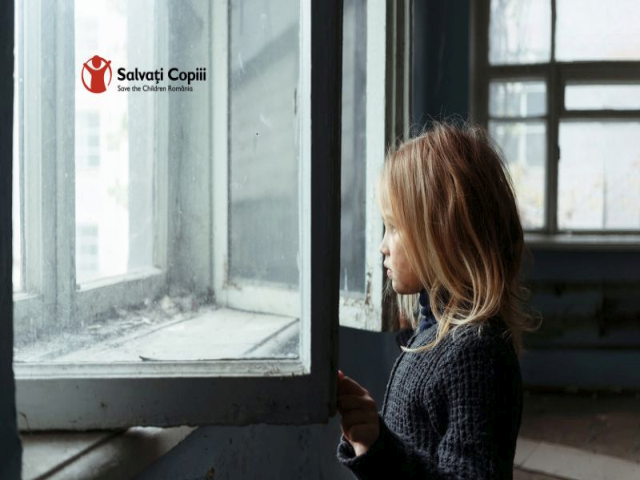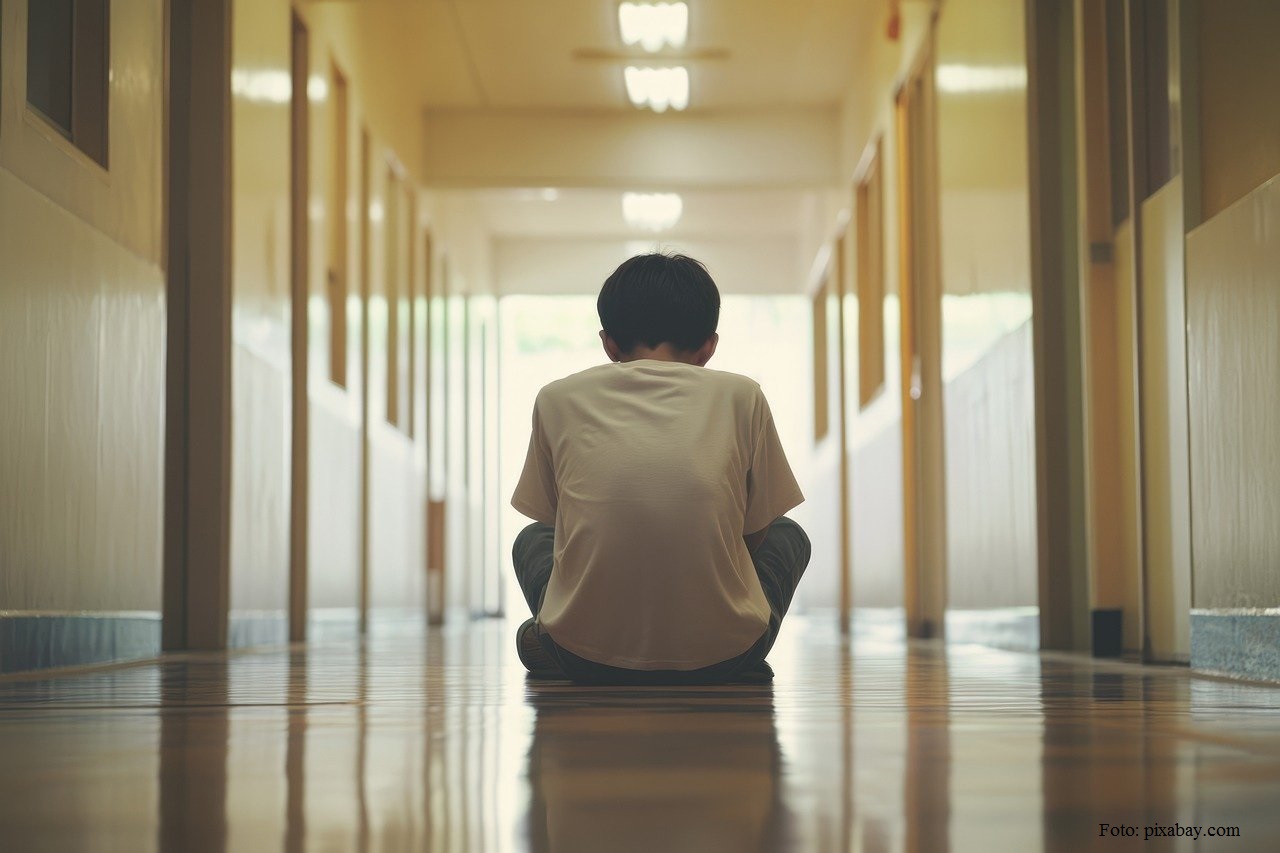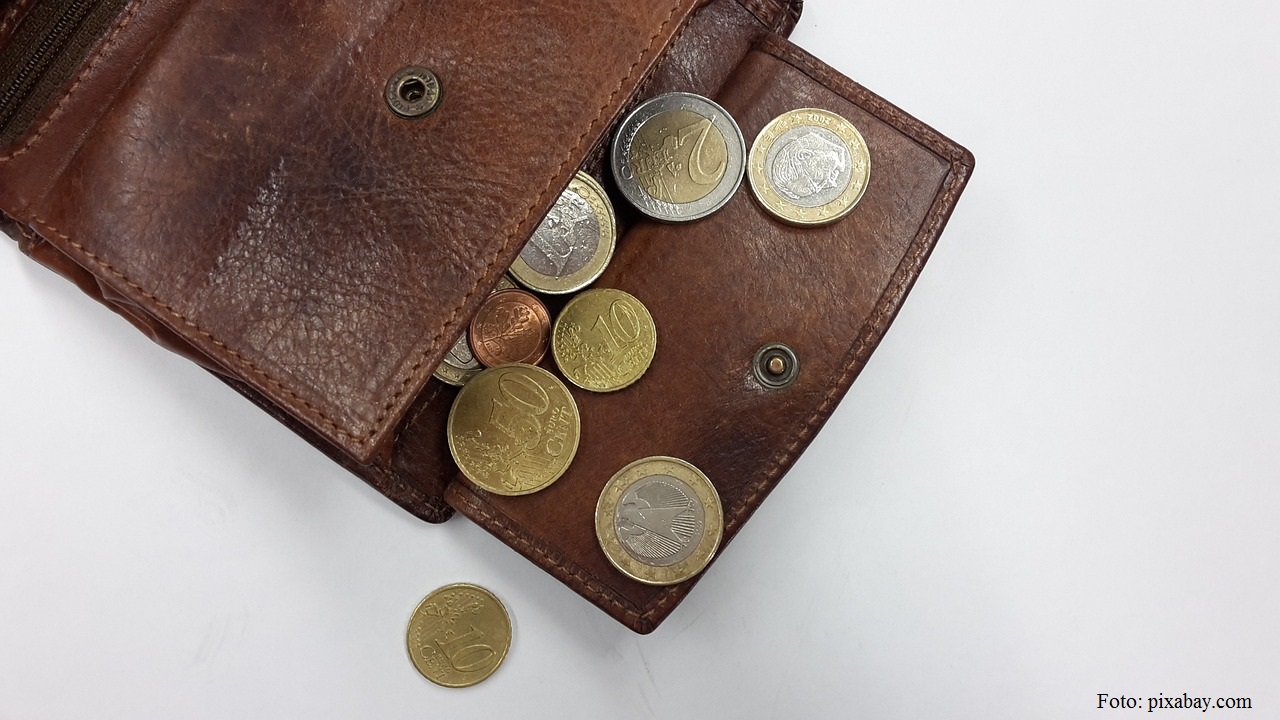The integration of children with special needs in the education system
Just like elsewhere in the world, Romania has seen an increase in the number of children diagnosed with mental and developmental disorders.

Christine Leșcu, 07.12.2016, 13:28
Just like elsewhere
in the world, Romania has seen an increase in the number of children diagnosed
with mental and developmental disorders such as autism and attention deficit
hyperactivity disorder, known as ADHD. However, this is rather an empirical
statement, because there are no conclusive or recent statistics on this. In
2012, there were 7,179 people registered as being diagnosed with autism
according to statistics provided by the Health Ministry, but specialists say
that the real number is much higher. In September 2015, the Save the Children
non-governmental organisation estimated, based on data from the World Health
Organisation, that out of approximately 3.8 million Romanian children, 760,000
suffered from a mental disorder, of which 13% of anxiety and 5% of ADHD. Also,
one in 500 children were diagnosed with a form of autism and pervasive
developmental disorders.
However, even more
difficult than drawing up real statistics is the daily life of such children
and their families, in particular the inclusion of the former into the school
system. The education law has provisions granting support and ensuring the
integration of these children, who are referred to as children with special
educational needs. There are also pieces of secondary legislation establishing
the forms and types of support services. They benefit those children who,
following an assessment, received a school and professional guidance
certificate issued by an educational resource and support centre. On the basis
of this certificate, children with special educational needs can enrol into any
public school, where they should benefit from psychological counselling and
also have a support teacher to help them integrate and acquire the necessary
skills. As usual, everything looks better on paper than in reality. Robert
Florea, a coordinator with the Educational Resource and Support Centre in
Bucharest told us:
Unfortunately, at
least in Bucharest, support teachers are scarce. They can only spend one or two
hours a week with each child. For instance, such a teacher has 4 to 6 hours a
month allocated for a child that has a certificate attesting the fact that he
or she has special educational needs. From our point of view, this is
insufficient. The support granted to these children and the educational methods
they benefit from could certainly be improved.
Unfortunately, the
administrative and staff issues are not as big as those triggered by the very
groups of children that children with autism or ADHD are supposed to integrate
into. Maria Teodorescu is a teacher and counsellor at a middle school in
Bucharest and supports the inclusion into regular classes of the children with
special educational needs. Maria Teodorescu:
The psychological
and pedagogical component should be better developed for these children to
benefit from proper treatment. But what is needed most is for parents to better
understand that at some point their children are children with special needs. A
necessary thing is the efficient cooperation between the support teacher, the
school counsellor, the elementary or secondary school teacher and parents. For
these children to be accepted by their classmates, teachers should organise
activities that should show the other pupils what tolerance means, because some
of them do not know the significance of this word.
Apart from learning about tolerance,
children and parents alike should find out about the behavioural disorders
caused by ADHD. Anemari Necşulescu, who has a boy diagnosed with ADHD, shares
her experience:
Children with behavioural disorders need attention,
as they find it difficult to concentrate and focus for a long period of time.
This is why they disturb the class, for example. They speak without being asked
and don’t wait for their turn, they become agitated and disturb their
colleagues. A teacher alone in the classroom with 29 pupils or more cannot
handle the situation. Integration should be tackled from the perspective of
parents of normal children, who do not know anything about these disorders and
who, in most cases, are afraid of what they don’t know. And this leads to
rejection and stigma.
When mutual understanding fails, the situation can
become extremely tense, especially when, against the background of
marginalisation and increasing frustration, a child with ADHD can become
violent. This autumn, at a secondary school in Ploieşti, the parents of most of
the pupils protested against keeping in school a child who had been diagnosed
with ADHD and who they say had a violent behaviour. This reaction is not
unfamiliar to Anemari Necşulescu:
I have had to deal with a primary school teacher who
was not prepared to handle the temperament and the medical issue of our son,
who, at the time, had not yet been diagnosed with ADHD. We did not know that
our son suffered from ADHD, all we knew is that the teacher kept calling us to
school to complain about the problems created by our son. He was not violent,
he only disturbed the class. The teacher complained about these problems in
front of the other parents, many of whom became very aggressive, called our son
‘handicapped’ and asked us to take him away from that school. We were open to
have our son assessed by the school counsellor. We submitted an application and
had the child assessed because we were looking for solutions. We moved the
child to another school where we had the support of the director, because we
wanted our son’s right to education, as stipulated in Romania’s Constitution,
to be observed. We also hired a therapist for our boy. We agreed with his new
teacher to give him tasks whenever she noticed that his frustration was piling
up: to clean the blackboard, to dump the garbage can or to do small errands.
These tasks make him loosen up, relax and he returns ready to pay attention to
the class.
Following mediation between parents and school
representatives, the situation at the school in Ploieşti calmed down and the
pupil who disturbed the class is now back in school. Also the integration of
Anemari Necşulescu’s son is working well for the time being.






























